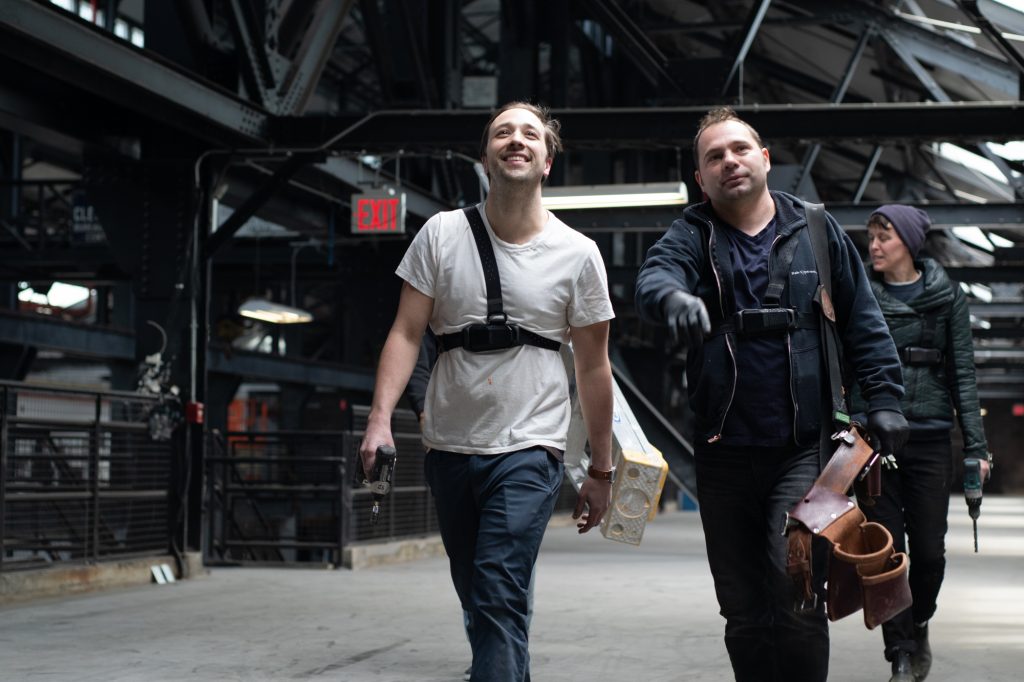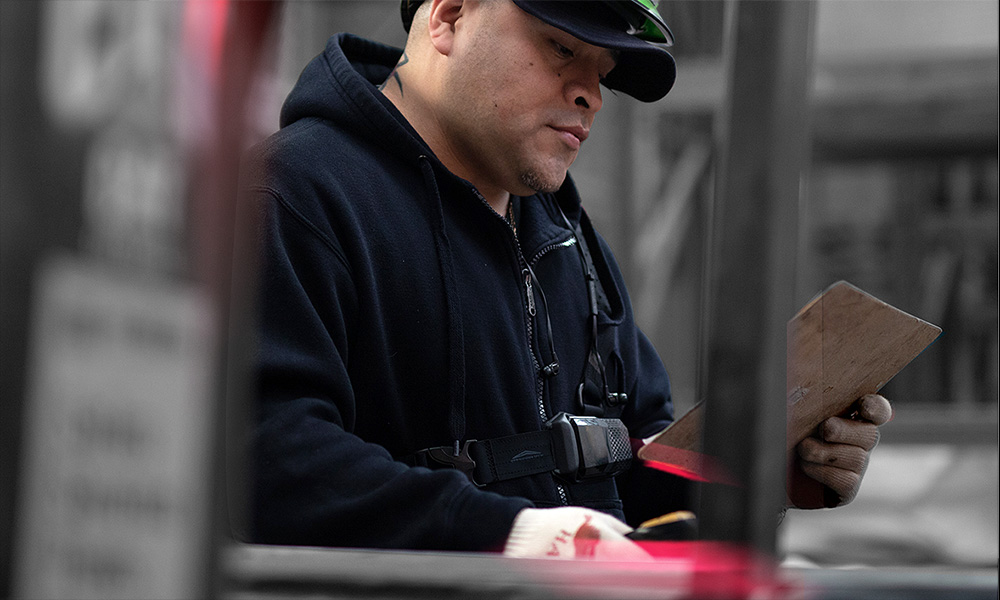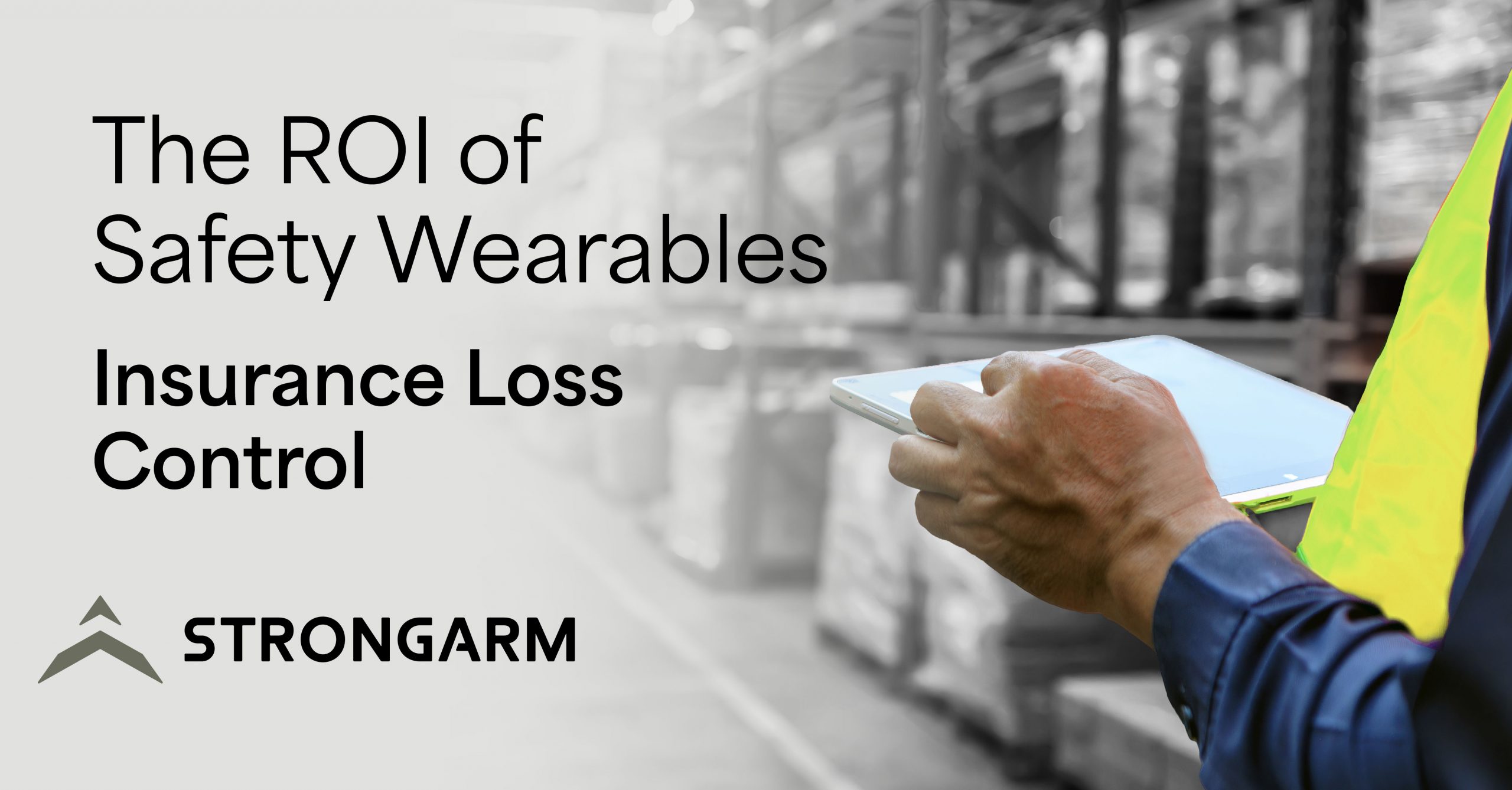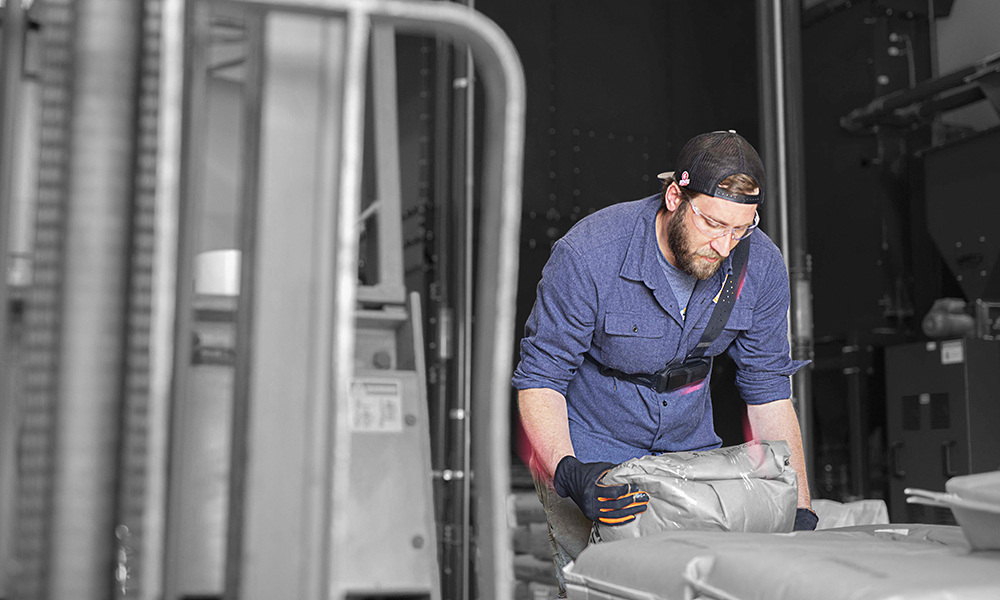Understanding IoT And Its Place In Industrial Workplace Safety

The internet of things, or IoT, is a system of interrelated computing devices, mechanical and digital machines, objects, animals or people that can be assigned an IP address and the ability to transfer data over a network. A thing, in the context of the IoT could be a farm animal with a biochip transponder, a coffee maker that’s triggered by a morning alarm, or an industrial worker that wears a FUSE sensor to alert themselves of injury risk on the job.
Each of these “things” is embedded with software, sensors and network connectivity that allows them to collect and exchange data. Gartner forecasts that 25 billion connected things will be in use by 2021, producing immense volume of data. IoT creates constant, seamless, and mostly hands free access to data collection, but analyzing this data as it arrives to inform actionable insights is imperative to justifying the value add of IoT application.
IoT technology is poised to significantly change the workplace, particularly in industrial environments.
With the growth of more complex industrial workplaces with fast-moving, intelligent machines, the need to enhance the human worker’s capabilities is even more necessary, especially in regard to workplace safety. Safety metrics in industrial workplaces are traditionally lagging indicators. Hazards are assessed irregularly and are often inaccurately evaluated.
Snapshots of risk assessment only provide brief and expensive periods of data. While such efforts have certainly improved safety over many decades, among growing research about cultures of safety, the technology available to help prevent injuries simply has not caught up with otherwise high-tech industrial workplaces. Organizations lacking measurable data and actionable insight into workplace safety, resulting in thousands of workers being injured on the job and a $250 billon dollar burden on the U.S. economy every year. IoT wearables, such as the FUSE sensor, bridge this gap.
Through continuous monitoring of workers, IoT wearables enables organizations to collect and transfer information in real-time, allowing for corrective and preventative action, informed safety decision-making, and a more efficient workplace. There are several ways IoT devices can be utilized to detect and inform users before incidences, such as an industrial worker receiving haptic feedback on their safety performance directly through a wearable IoT device in real-time. Human-machine collaboration has the potential to keep employees safer, more productive and more engaged in the task at hand. Over time, analyzing data gathered from that collaboration may lead to more efficiency, improve operations and drive innovation.



